Running Kit Of Thomas Combisen @ 2020 HK4TUC
The running kit of Thomas in last year’s (2019) HK4TUC did not change in this year’s edition except for his Hydration Vest and Shoes. Even for his nutrition and hydration, they had been the same but there are some things that we need to add.
Thomas decided not to use the Salomon S-Lab Sense 5-Liter Hydration Vest that he used in last year’s HK4TUC because it was already loose for him and wanted to use the one he always used in his trail and road ultras in the past which is the Mountain Hardwear Fuel 3-Liter Hydration Vest/Pack. If I remember right, I bought the same Hydration Vest three years ago at the Columbia Store in SM Megamall and it is still with me except that the zippers in the pockets are stuck and non-operational already. As I googled this item while writing this post, this particular model is no longer in the market and the brand had already stopped making them.
As compared to the Hydration Vests and Packs that the other runners used in this event, Thomas hydration pack/vest was very small in capacity but I was surprised that it was able to accommodate the Salomon Waterproof Jacket, his food, cellphone, a Windbreaker Jacket, Hydration bottles, handy water filtration unit, Headlights, and other miscellaneous things that Thomas needed in every trail leg. It is surprising to see the big back pocket with zipper could expand to accommodate everything. Since the hydration pack/vest has two mid-rib belts which are not stretchable, Thomas can tighten them to be always snugged on his body. Thomas did not use those Race Belts with pockets which is very popular among trail runners nowadays.

Thomas shirts during the event are our PAU Shirts By Bluprint (Imported Brand) but the Logo is printed locally. He used 3 PAU shirts (white, dark gray, & black) during the event and a shirt from Kalenji/Decathlon. He did not change his NIKE Running Shorts with PAU Logo Patch and RP Flag Patch throughout the event but he always change his underwear with the Decathlon’s Kalenji’s Under Shorts every time he starts a new trail leg. Throughout the event, he was consistently using the Injinji Socks and changed them every time he starts a new trail leg.
The day before the event, Rowell Campos brought us to Cam2Sports Store in Mongkok to buy a new pair of running shoes for Thomas. He was looking for an ALTRA Lone Peak 3.0 which he intends to use for the event. Thomas was lucky to find the remaining one pair of ALTRA Lone Peak 3.0 shoes available in the store which was ON SALE at 50% discount. This is the shoes that Thomas used for the 2 Trail Legs of the event (MacLehose & Wilson Trails). It was only in the Hong Kong and Lantau Trails that he used his old ALTRA Lone Peak 3.0 shoes. It was at the Hong Kong and Lantau Trails that Thomas started using his Compressport Compression Calf Sleeves. He did not use any shoe gaiters along the course.

As for his headlamp, Thomas was using a LedLenser Headlamp and another extra one which I could guess to be a regular Black Diamond Headlamp. He used his headlamp at the MacLehose, Wilson, and Hong Kong Trails. In his Lantau Trail, I gave him my Lupine Headlamp which he wore from the start until he reached the lighted portion of Mui Wo Road, near the Finish Line. The rechargeable battery was drained when Thomas gave it back to me. He could have used its High Beam which is 700 Lumens throughout his run/hike along the Lantau Trail. Thomas did not have any negative feedback on the use of his headlamps during those nights that he was on the trails.

As for his hydration needs, Thomas did not have any problem where to replenish his hydration needs, in terms of water or sports/cola drinks. He used his portable filtration unit in places where he can get water in streams in the mountains and in Public Comfort Rooms/Toilets’ faucets. He uses also his Octopus Card to get or buy what he wanted in those Vending Machines available in the vicinity of the Comfort Rooms in each Country Park Facility that he passes. There are also Free Source of Drinking Water which he observed as new additional structure within the vicinity of each Comfort Rooms/Toilets along the trail. And there are commercial establishments in the villages along the trail that Thomas can stop and order some hot food. Thomas can also stop to buy or order some solid foods in commercial establishments in the MTR Stations. There is always a 7-11 Store or Convenience Store in these MTR Stations. It is necessary that a runner in this race has some some Cash and Octopus Card with him during the event.

His food in his pack consisted of “Tikoy” (Rice Cake) from Bicol which we personally ordered for him, “Rice Cakes” (Chinese) from the 7-11 Store, Sky Flakes, Snickers, Yakult, Springs Gels, and Apples. All of these were packed inside the Hydration Pack of Thomas!
Thomas had been alternately using a Visor Cap (during day time) and a Running Cap (during nighttime) to cover his head. However, I have never seen him use any Buff/Neck Gaiter in all his runs in the past and in this event, to include last year’s HK4TUC.
Before he started the Lantau Trail, I gave him my GIRO Cycling Gloves which I know will give him warmth for his palms/fingers during the night and as he approaches the freezing winds of the Lantau Peak and Sunset Peak.
After the event, Thomas and I discussed the things that we should improve on and the things we should learn from his experience this year. He told me that he slowed down significantly at the Hong Kong Trail due drowsiness that brought him “hallucination” moments and the cold/freezing winds during the night. The strong, cold and freezing winds at the Lantau Trail had also slowed him down that he had to stop and take a nap, only to be awaken that he was already lying on the floor in one of the Pagodas/Rest Huts along the trail.
After a thorough discussion, I recommended him some solutions for his problems and we will use them in next year’s Thomas participation in the 10th edition of the HK4TUC.
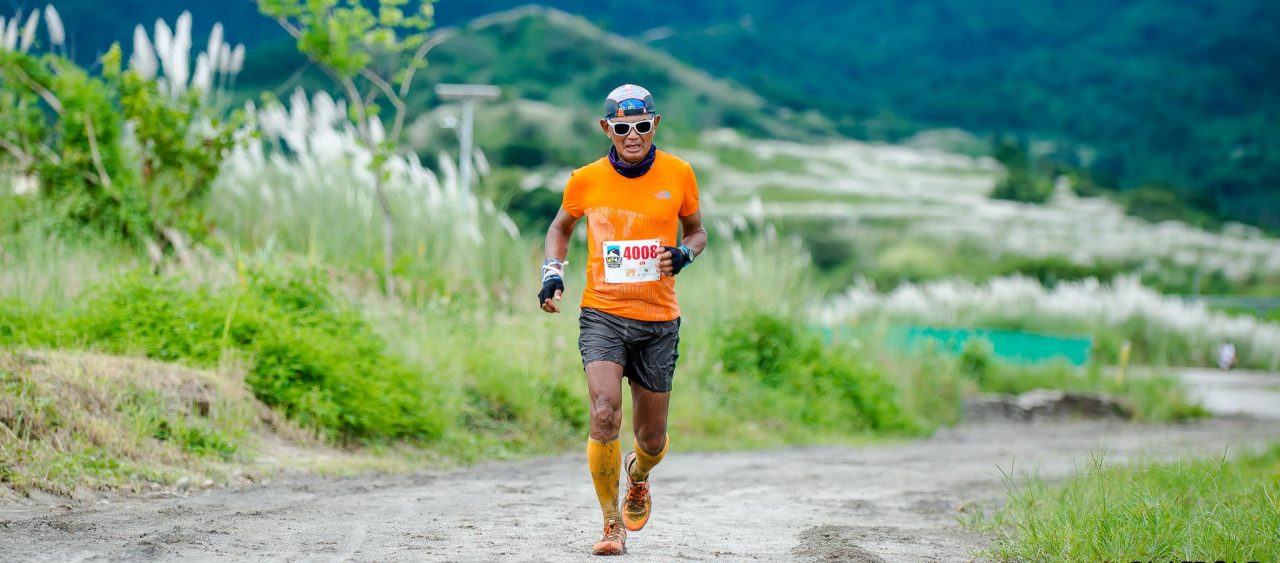

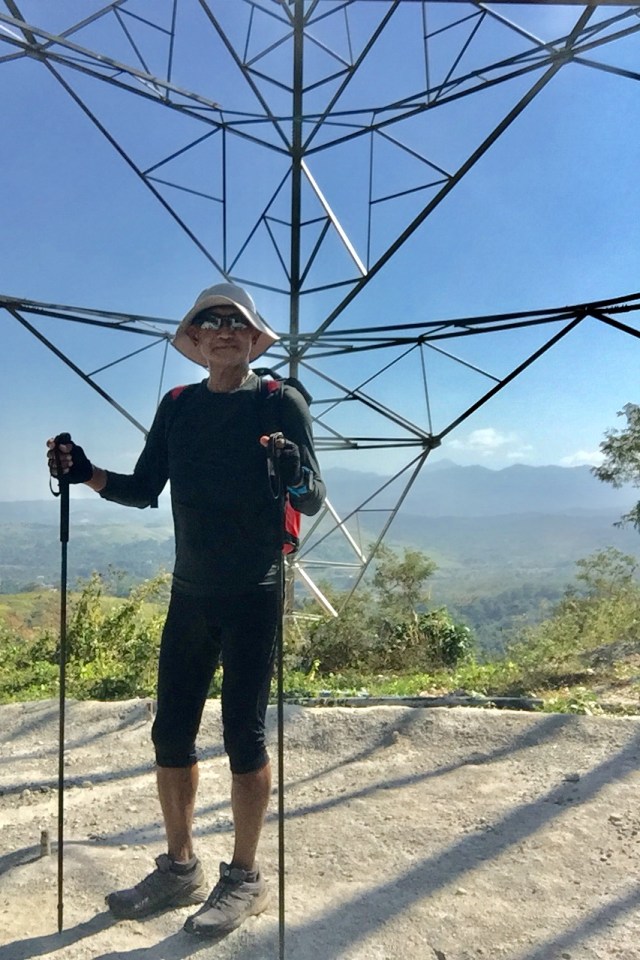

























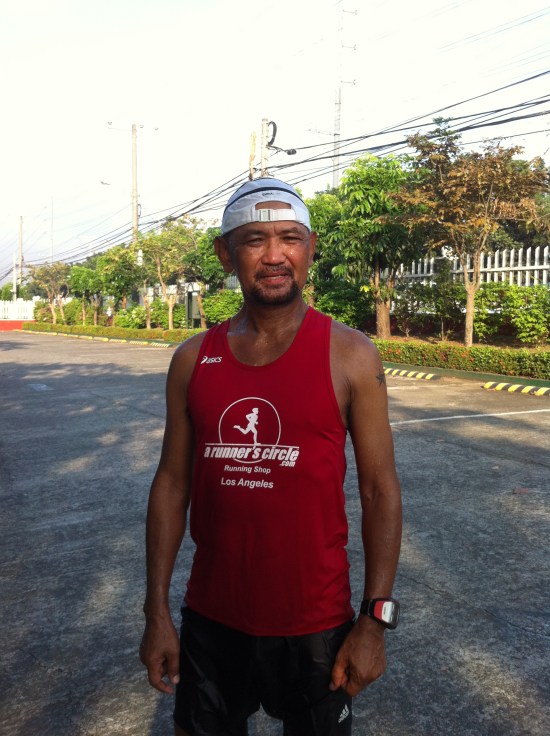
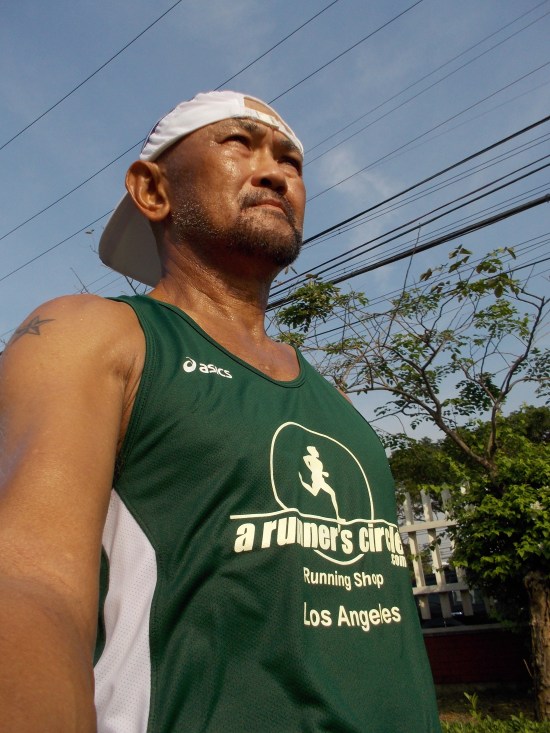
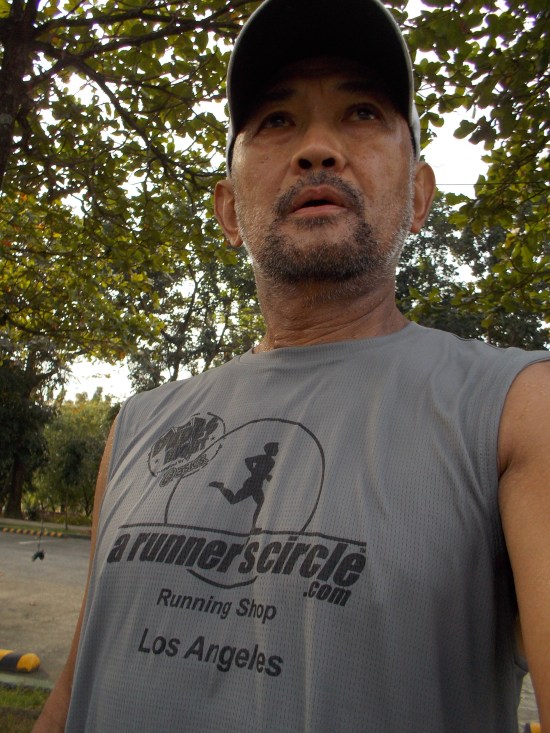
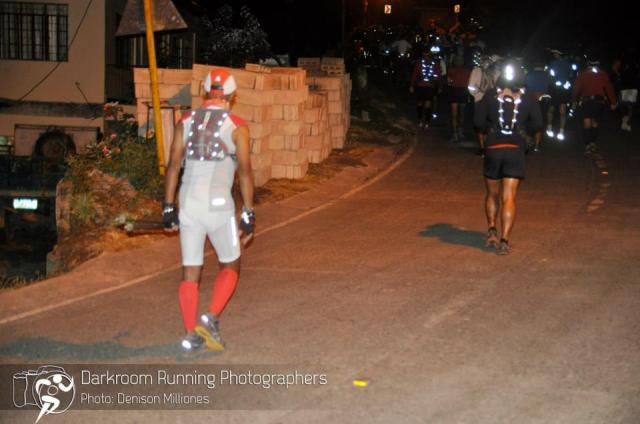
You must be logged in to post a comment.